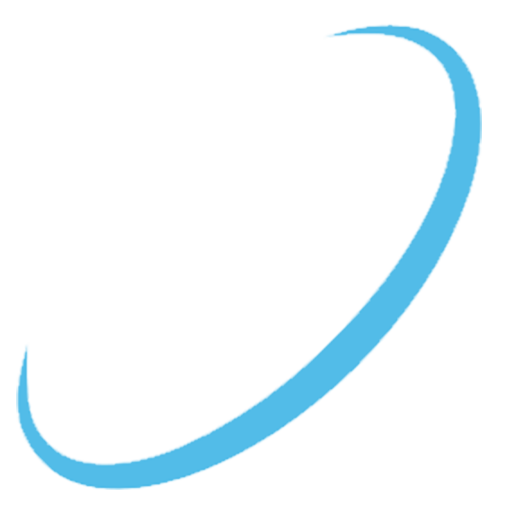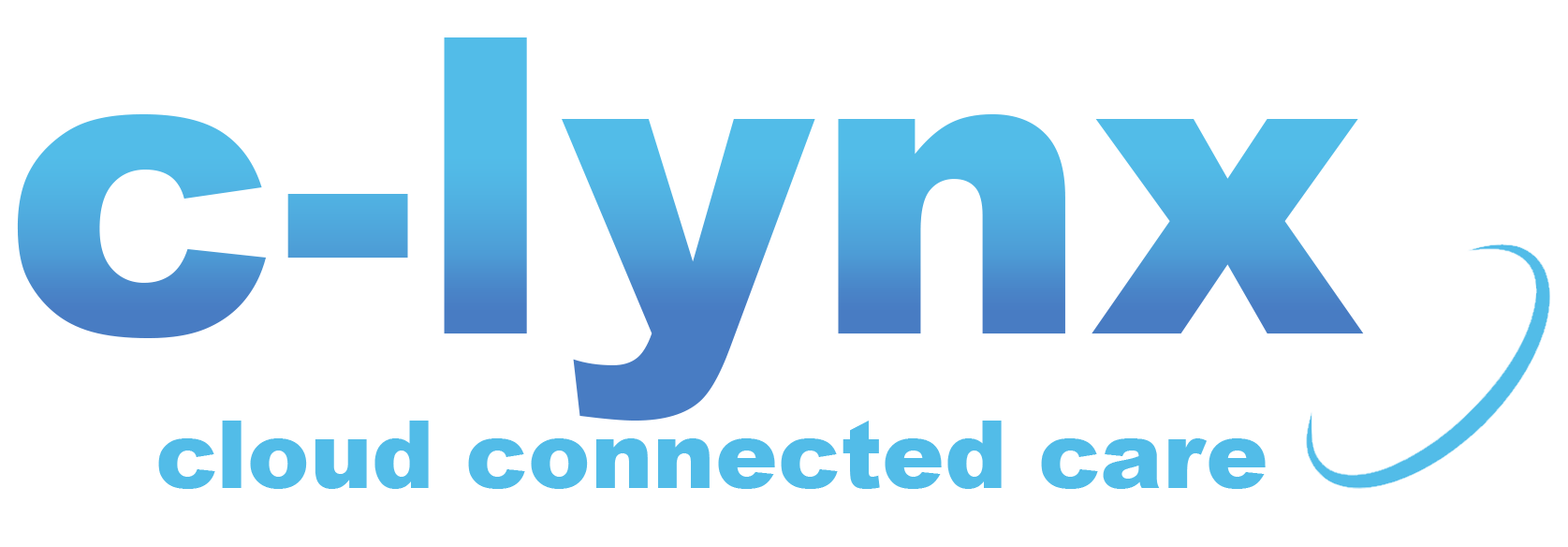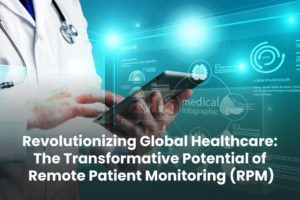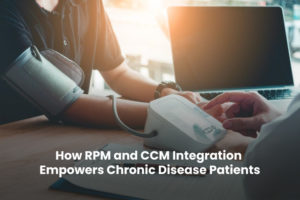Harnessing Technology: The Evolution of Remote Patient Monitoring
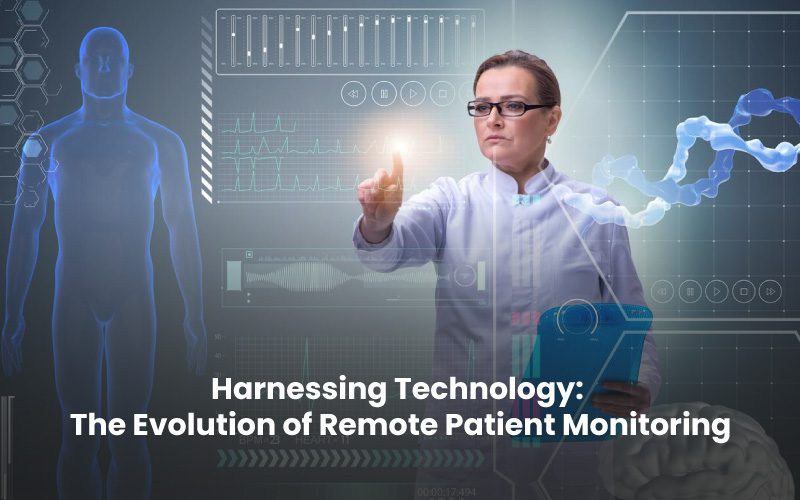
In the 21st century, we are witnessing a paradigm shift in healthcare, driven by the need for more advanced and convenient services. The global Covid-19 pandemic has served as a catalyst, urging us to explore the advancements in telehealth and telemedicine. As we embrace the convenience of ordering food, dress or even groceries online or through mobile apps for doorstep delivery, it raises questions about the accessibility and convenience of healthcare. Why should patients spend hours in crowded emergency rooms when they could consult a healthcare provider remotely? Why should elderly patients with ailments have to endure long travels to see a provider? These concerns have led to the rise of remote patient monitoring solutions (RPM) as a widely discussed and embraced concept among healthcare providers. RPM allows healthcare to be delivered directly to a patient’s home, using technology to monitor their health and provide timely interventions. By shifting towards patient-centered care, RPM has the potential to revolutionize healthcare delivery and improve patient outcomes.
What is Remote Patient Monitoring in Simple Words?
Remote Patient Monitoring (RPM) refers to a transformative healthcare method that enables medical professionals to remotely monitor and track the health of their patients. Through the utilization of cutting-edge technology and devices like wearable sensors and mobile applications, vital health data can be collected and transmitted in real-time. These data points encompass crucial information such as heart rate, blood pressure, blood glucose levels, and other pertinent metrics that vary based on the patient’s specific condition. By adopting remote patient monitoring, healthcare providers gain the ability to closely monitor their patients’ well-being from a distance, enabling the early detection of any changes or irregularities. This proactive approach allows for timely interventions, personalized care, and ultimately, an enhancement in overall patient outcomes. Moreover, remote patient monitoring provides a level of convenience to patients, as they can receive continuous care and support within the familiar and comforting confines of their own homes, thereby minimizing the necessity for frequent visits to healthcare facilities. Read How Remote Patient Monitoring Works !
How has Remote Monitoring Transformed Healthcare?
From its humble beginnings in landline home telephone calls, technology has propelled us into a new era of digital medicine and remote patient care. Remote Patient Monitoring (RPM) has emerged as a transformative force, initially popularized within the medical field but now expanding its role in chronic care management. This evolution has paved the way for monitoring various vital signs and health parameters, revolutionizing the way healthcare providers deliver personalized care and empowering patients to actively participate in their own well-being. RPM has transcended traditional boundaries, encompassing an extensive range of applications. It has revolutionized the monitoring of weight, lung capacity, pulse, blood oxygen saturation, blood pressure, blood glucose levels, temperature, blood tests, pain management, and much more. By leveraging RPM, healthcare providers receive real-time alerts if a patient’s condition shows signs of deterioration, streamlining the process of identifying those in urgent need of re-hospitalization. These virtual wards provided by digital innovations like RPM not only save lives but also alleviate the strain on hospital resources, including beds and clinicians’ time.
Why Is Remote Patient Monitoring a Game-Changer for Healthcare?
In recent years, remote patient monitoring (RPM) has emerged as a game-changer in the healthcare industry, revolutionizing the way care is delivered. While its significance was already recognized prior to the Covid-19 pandemic, the global health crisis has propelled RPM into the spotlight, highlighting its effectiveness in providing care while ensuring patient safety. As we delve into the reasons behind RPM’s game-changing status, it becomes evident that its impact extends far beyond the pandemic, with lasting implications for the future of healthcare.
One of the primary advantages of RPM is its ability to provide care to patients while ensuring their safety and convenience. By utilizing connected devices, patients can monitor their health parameters from the comfort of their own homes, reducing the need for frequent hospital visits and minimizing exposure to contagious illnesses. This is particularly crucial for individuals with chronic conditions or vulnerable populations who may face challenges in accessing healthcare services. RPM offers a proactive and personalized approach, empowering patients to actively participate in managing their health and facilitating early detection of potential health issues.
RPM has demonstrated its potential in improving healthcare outcomes by enabling early intervention and proactive management of chronic conditions. Through continuous monitoring of vital signs, such as heart rate, blood pressure, and blood glucose levels, healthcare providers can detect any deviations from the baseline and promptly intervene, preventing potential complications and hospitalizations.
In addition to its impact on patient care, RPM has proven to be a catalyst for enhancing healthcare efficiency and optimizing resource allocation. By remotely monitoring patients, healthcare providers can effectively allocate their time and resources, focusing on those who require immediate attention.
Also Read: The Financial Benefits of Chronic Care Management: Improving Outcomes, Reducing Costs.
Conclusion
Remote patient monitoring has emerged as a game-changer in healthcare, especially in the wake of the Covid-19 pandemic. Its ability to deliver care remotely, ensure patient safety, improve healthcare outcomes, and optimize resource allocation has positioned RPM as a transformative solution. As we navigate the future of healthcare, the continued integration of RPM into healthcare systems holds immense potential in providing accessible, patient-centric, and efficient care. By embracing this technological advancement, healthcare providers and patients alike can benefit from the advantages offered by remote patient monitoring.
